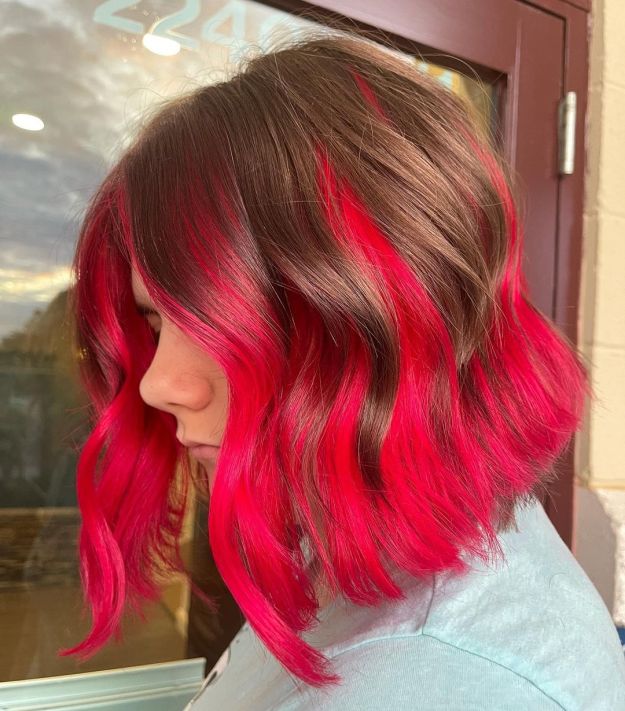

#BEST COLOR TO COVER ORANGE HAIR PROFESSIONAL#
Getting a professional gloss service between color treatments will make your color last and look fresh longer. If you've noticed your haircolor fading between appointments or can't seem to kick brass to the curb, it's probably time to head back to the salon.

Also known as a demi-permanent color, hair gloss, or glaze, toners are also used by colorists to correct and cancel out unwanted yellow, orange and red tones in hair. Toner is a gentler form of haircolor that gradually fades over time, allowing you to experiment with new colors without commitment. If you've had your hair lightened or colored, chances are you've had a toning service. HEAD TO THE SALON FOR A PROESSIONAL TONING SERVICE These masks are a great way to enhance or refresh your hair color in only 5 minutes.Ĥ. In addition to purple shampoo and conditioner for daily care, integrating an ultra-pigmented purple hair mask like Redken's Color Extend Blondage Express Anti-Brass hair mask can help transform your blonde from brassy to cool and bright in just 5 minutes.įor even more options, check out our range of color-depositing masks to achieve icy, rose, and honey tones at home. To maintain strong, bright blonde hair, you'll need a complete haircare regimen to strengthen and help neutralize the brassy tones that can start to appear in between salon appointments.

The Color Extend Magnetics line for color-treated hair is gentler than regular shampoo and is sulfate-free, an ingredient known to fade haircolor. The rest of the time, be sure to use color-protecting hair products like Redken Color Extend Magnetics Shampoo & Conditioner. Since overusing a color-depositing hair product may end up turning your hair blue or purple, only use it once or twice a week. USE SHAMPOO FOR COLOR-TREATED HAIR THE REST OF THE TIME

Unfair!įortunately, you have several options when it comes dealing with brassy hair, in terms of both fixing brassiness once it appears and preventing it from happening at all.Ģ. Since the blue color molecules are smaller, they’re broken down easily and fade quicker with every wash. When brassiness occurs, that also means that among the red, yellow and blue color molecules your hair dye contains, the blue ones have made a faster departure, leaving-you guessed it-just the warm tones. When the brassiness starts creeping up, think of it as your natural hair telling you, “Hey, remember us?” For lightened blonde hair, the underlying pigment is yellow, and for lightened brown to black hair, the underlying pigments are orange to red. When hair is bleached, melanin, a dark brown to black pigment, gets diluted in a process known as oxidation.Īfter bleaching, the next step is usually to apply your haircolor, which deposits artificial pigment onto your locks while removing some of your natural color.īrassy haircolor becomes a problem when bleaching or lifting doesn’t get rid of all the underlying pigment in your hair, giving the warm tones an opportunity to reveal themselves. To lift dark hair, bleaching with a mix of ammonia and peroxide is usually a necessary part of the equation. To understand why this occurs, you’ll need to understand what’s happening during the whole hair lightening process. It typically happens in dark hair that gets dyed platinum or blonde, but it can also occur in hair that’s been highlighted or in hair that’s been lightened to brown. Brassiness refers to the unwanted warm tones that show up in colored hair.


 0 kommentar(er)
0 kommentar(er)
